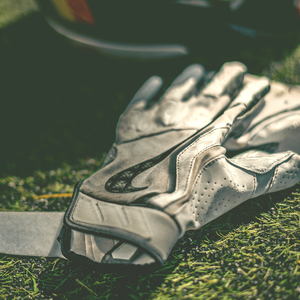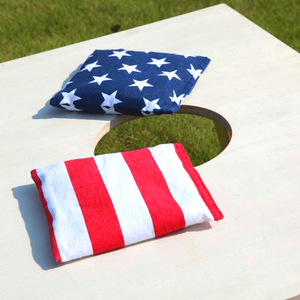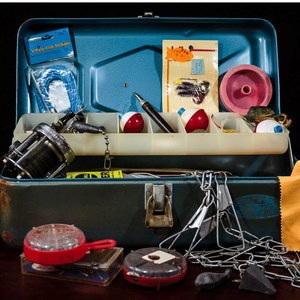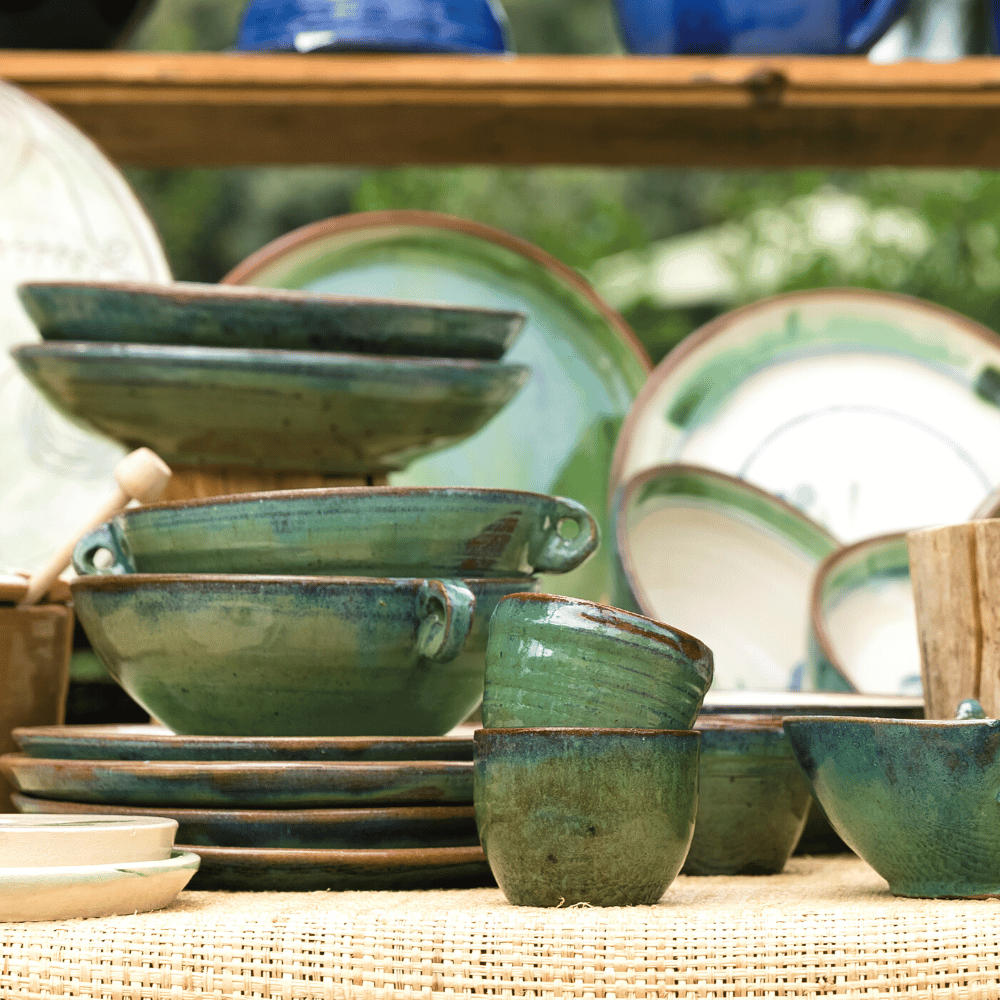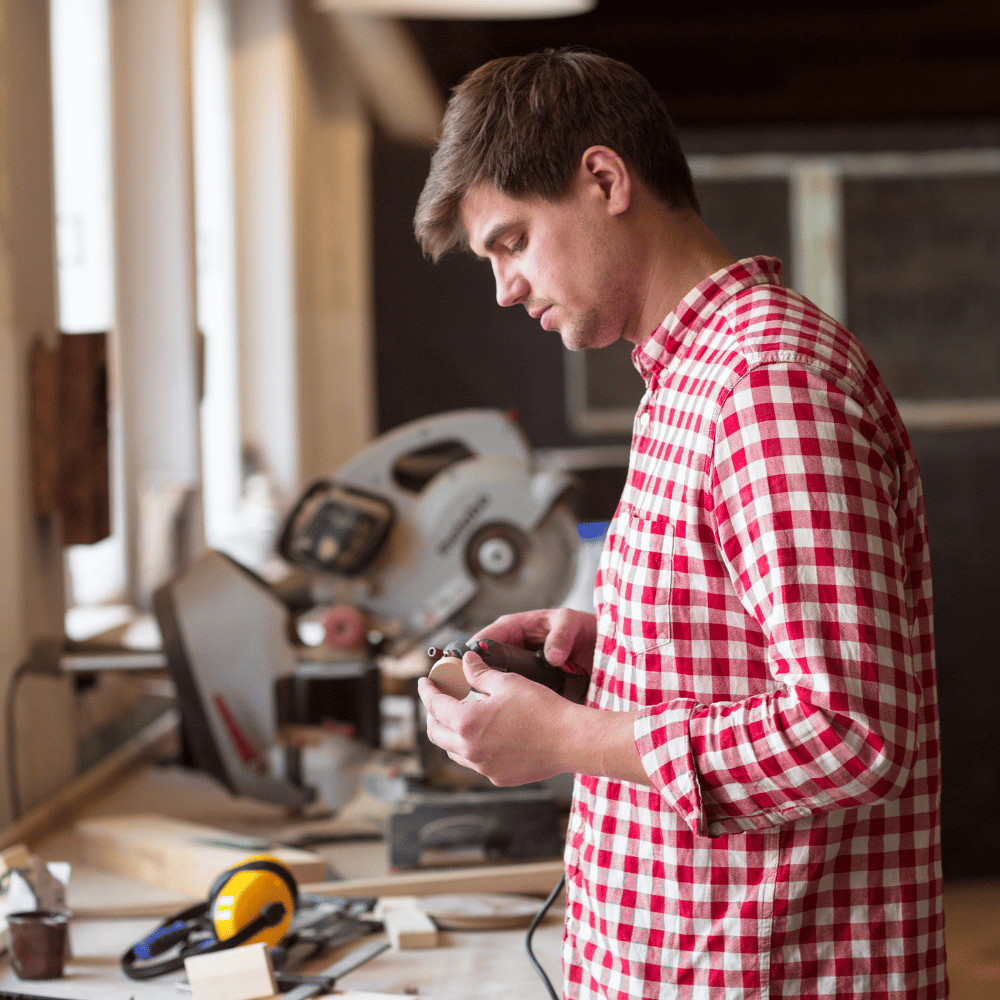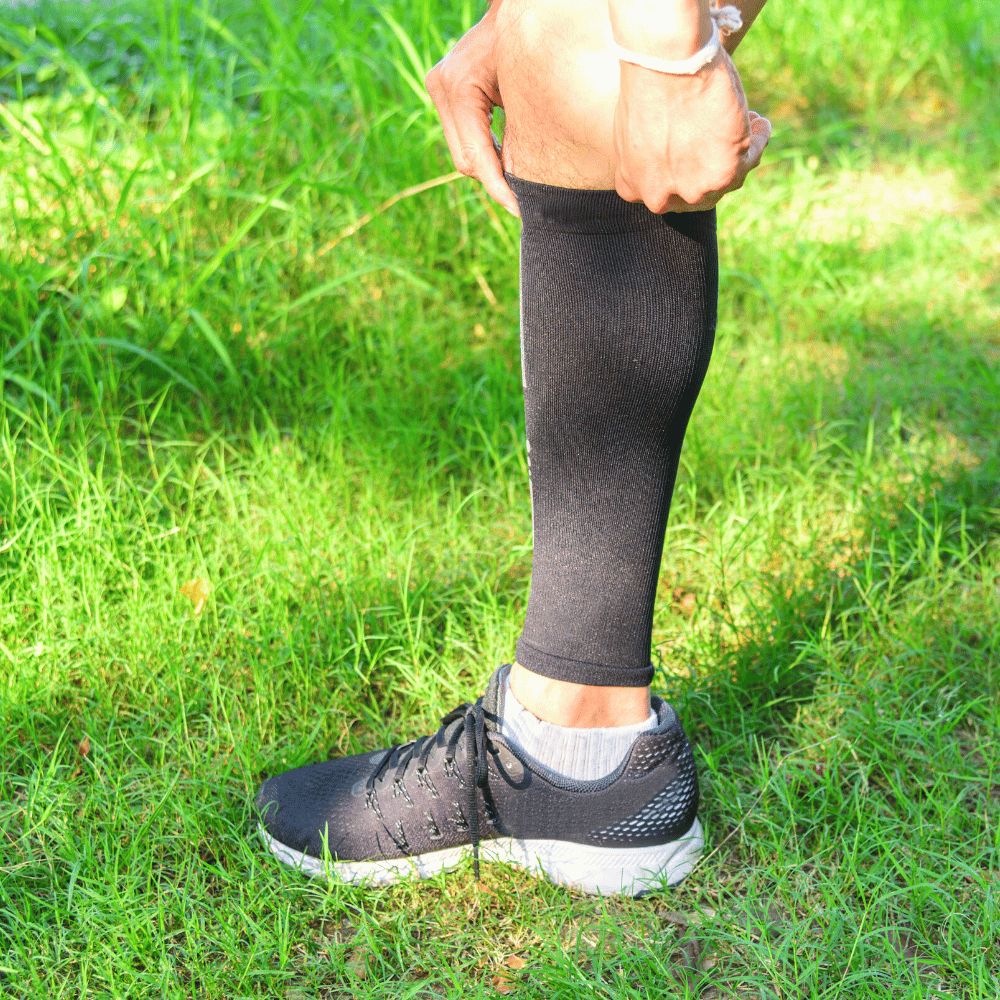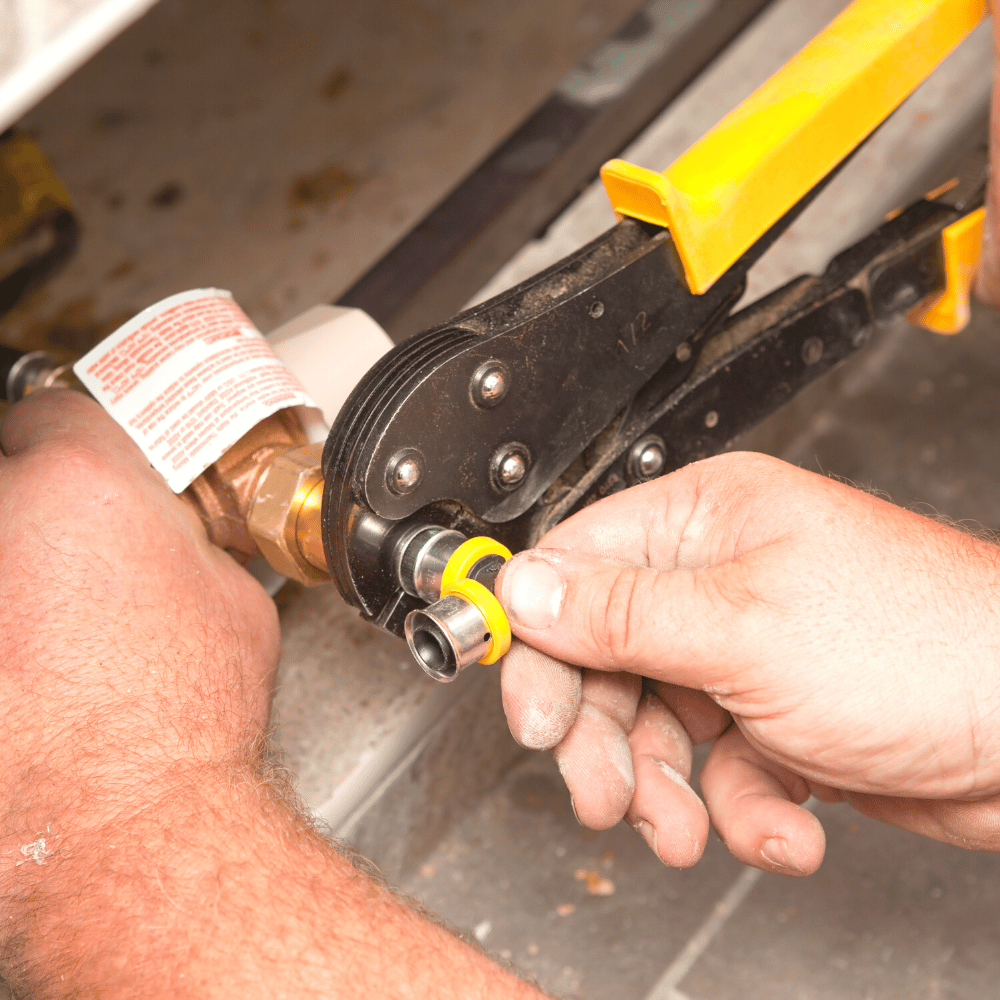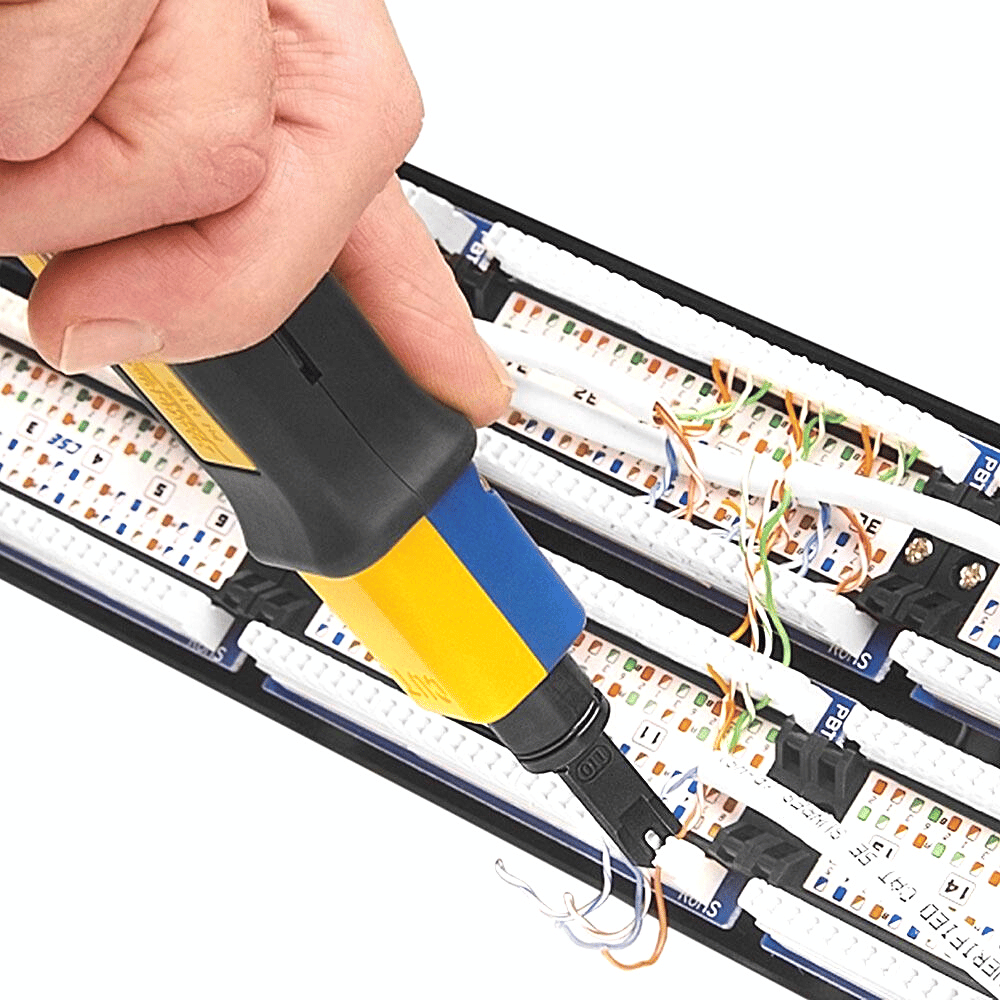There's nothing quite like the feeling of unloading a few rounds at the gun range.
The sharp crack of the gunshot, the satisfying thump of the recoil, and the smug sense of satisfaction that comes with hitting your target all make for a great time.
But as with anything in life, there are those who ruining the fun for everyone else. Don't be "that guy" at the gun range—follow these simple tips on gun range etiquette and you'll be sure to make some friends (and avoid making any enemies).
What to Bring (and What Not to Bring) to the Gun Range
One of the most important things to remember about gun range etiquette is that safety comes first. That means no drugs or alcohol before shooting, and being mindful of what you bring into the shooting lane with you. Here's a quick list of things to bring (and not bring) to the gun range:
Firearms and ammunition: obviously, this one's a no-brainer. Leave your guns at home and you're not going to have much fun at the gun range. Make sure you have enough ammunition to last you through your session, too—nothing's worse than having to stop shooting just when you're starting to get into a groove.
Safety gear: earplugs or headphones are a must to protect your hearing, while eye protection is essential for keeping stray bits of debris out of your eyes. Most ranges will have basic safety gear available for rent or purchase, but it's always better to bring your own if you can.
A bag or case: you'll want something to transport your firearms and ammo in so they don't get damaged (or so you don't damage anything else). A hard-sided gun case is ideal, but a soft-sided range bag will do in a pinch. Just make sure it's big enough to fit everything you need—you don't want to have to make multiple trips back and forth from your car.
What Not to Bring Into the Shooting Lane
In addition to knowing what to bring, it's important to know what not to bring into the shooting lane with you. Again, safety is paramount here—the last thing anyone wants is for something superfluous like loose change or keys getting caught in the trigger guard and causing an accidental discharge. Here are some other things not to bring into the shooting lane:
- Food or drink: eating and drinking are best done in the lounge area away from the firing line. Spills are easy to happen when handling firearms, and nobody wants sticky soda all over their guns. Plus, food wrappers can easily blow around in an indoor range and become hazards if they end up on the floor near shooters' feet.
- Children: unless they're old enough (and supervised closely enough) to shoot themselves, kids should not be allowed on the firing line. Most ranges have age restrictions for good reason—it's simply not safe for small children to be around guns without adult supervision.
- Pets: again, indoor ranges can be dangerous places for animals thanks to things like lead exposure and noise pollution. Many ranges do not allow animals inside at all (with service animals being an exception), so it's best to leave Fido at home before heading out to shoot some targets.
If everyone followed these simple tips on gun range etiquette, we'd all have a lot more fun (and a lot less stress) while shooting our guns.
If you're planning to go to the gun range soon, click below to check out our top range bag picks!
And remember: safety first, be respectful of others, and clean up after yourself when you're done. And most importantly, don't be that guy!


